I have a binary image of cells. I want to use python to separate these cells individually. Each cell will save in an image. For example, I have 1000 cells, then the output will be 1000 images, each image contains 1 cell. Currently, I am using two ways to obtain it but the output is wrong
from skimage.morphology import watershed
from skimage.feature import peak_local_max
from skimage import morphology
import numpy as np
import cv2
from scipy import ndimage
from skimage import segmentation
image=cv2.imread('/home/toanhoi/Downloads/nuclei/9261_500_f00020_mask.png',0)
image=image[300:600,600:900]
# First way: peak_local_max
distance = ndimage.distance_transform_edt(image)
local_maxi = peak_local_max(distance, indices=False, footprint=np.ones((3, 3)), labels=image)
markers = morphology.label(local_maxi)
labels_ws = watershed(-distance, markers, mask=image)
markers[~image] = -1
labels_rw = segmentation.random_walker(image, markers)
cv2.imshow('watershed',labels_rw)
cv2.waitKey(5000)
# Second way way: using contour
_,contours,heirarchy=cv2.findContours(image,cv2.RETR_TREE,cv2.CHAIN_APPROX_SIMPLE)
cv2.drawContours(image,contours,-1,(125,125,0),1)
cv2.imshow('contours',image)
cv2.waitKey(5000)


